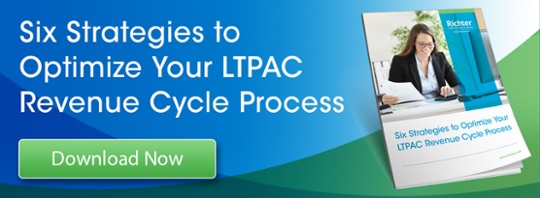- Solutions
- Accounting
- Additional Documentation Requests (ADRs) Management & Support
- Clinical Consulting
- EHR Implementation & Optimization
- Medicaid Eligibility
- Outsourced Contract Controller Services
- Outsourced Revenue Cycle Management
- PointClickCare® Consulting
- QAPI Consulting
- Resident Trust Fund Management & Advisory Services
- Revenue Cycle and Reimbursement Consulting
- Who We Serve
- Resources
- Careers
- About Us
- Contact

.jpeg?width=300&name=Strategies%20for%20Building%20Automation%20Into%20Your%20LTPAC%20RCM%20Process%20(ID%20153025).jpeg) The more efficient a health care revenue cycle process is, the more successful it will be in processing claims, getting money in the door and ensuring optimal outcomes for patients and residents.
The more efficient a health care revenue cycle process is, the more successful it will be in processing claims, getting money in the door and ensuring optimal outcomes for patients and residents.

